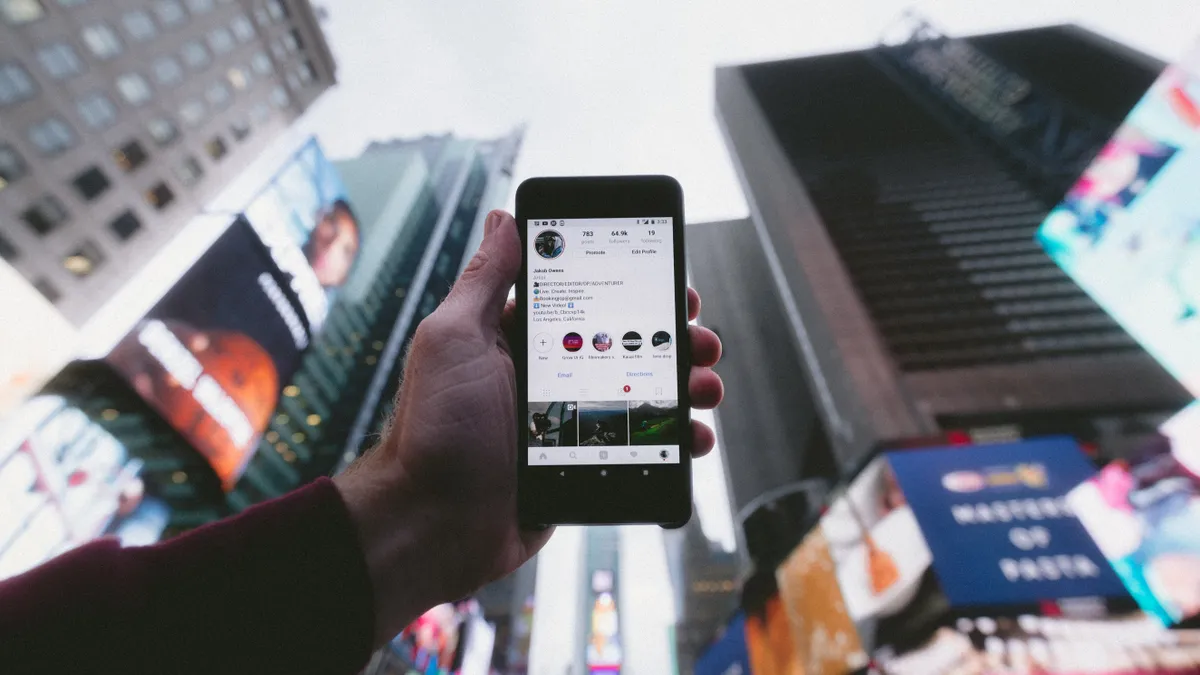Effective measurement of influencer campaigns has puzzled and challenged marketers since the inception of the influencer-marketer relationship. While the successes and potential results of these activities are seemingly well-understood, actually assigning numerical values and attributing ROI to outcomes has seemed more like guesswork than analytics. This is largely due to an absence of effective measurement data, plus a lack of alignment between campaign goals and specific measurement strategies.
As a result, marketers often rely on brand awareness as a high-level indicator of influencer campaign success. This approach is sensible — it's easy to quantify brand awareness with publicly available information like influencer reach (follower or subscriber count), increased site traffic and social followers, or influencer content engagement (likes, comments, and shares). However, brand awareness is little more than a gap-fill for the actionable data that can inform better, results-oriented campaigns.
Marketers aren't satisfied with this intermediary solution, either. In fact, according to an Inmar and Industry Dive survey, 44% of marketers believe that they're unable to quantify influencer ROI because of a lack of data, and 53% wish that information about an influencer audience's shopping behavior was more readily available. And, 60% of marketers would increase their influencer marketing budgets by 10 percent or more if they could prove ROI by linking activations to retail sales data. With this form of social commerce rising from an $8B business in 2019 to what will be a $15B opportunity in 2022, it's past time to start treating the symptoms of the overused gap-fill approach with actual data.
Luckily, with access to the RIGHT data, combined with SPECIFIC measurement strategies, you can solve the measurement mystery. If your goal is to increase basket size, POS market basket and multiple purchase incidence data will be most effective. If new usage occasions are the desired outcomes, you should be looking at social data, market research, and engagement figures. And if household penetration is the target, audience analysis, POS loyalty data, and POS segmentation data will be most useful.
There are a number of tactics in the influencer measurement toolbox that can be used to understand effectiveness of campaigns. Each solution comes with its own merits and data requirements and can be implemented based on which intersection of ROI accuracy and data accessibility makes the most sense for the desired outcome.
1:1 Direct Sales Attribution
Tracking individual customers who were exposed to influencer content through to purchase
Retail Sales Lift Analysis
Digesting POS data and forming test & control groups to uncover sales lift
Promotional Effectiveness
Studying an influencer's impact to drive redemption of promoted offers through their channel
Foot Traffic Analysis
Using mobile geo-fencing to study the impact of influencer content on in-store foot traffic
Brand Sentiment Analysis
Analyzing the impact influencer content has on customer perceptions of a brand
Again, selecting the appropriate approach is dependent on the desired outcome. Regardless of the chosen path, we have three practical tips for applying any of these methods to your next influencer campaign.
-
Tip 1: First, measurement strategies should be aligned with goals at the very start of the campaign. Knowing your strategy will help to determine the data needed for accurate measurement.
-
Tip 2: Don't let limited data hinder the development of your measurement strategy. Some things can be stitched together as you're developing a more comprehensive plan. Get comfortable with understanding the customer journey and pulling the story together, even if all the data points aren't available at once.
-
Tip 3: Find a partner who can help fill in the gaps in your measurement strategy. Influencer marketing platforms, like Inmar Intelligence, have access to data, resources and technology that can help you accurately determine the effectiveness of your influencer campaign and measure the impact on everything from brand awareness to sales.
For a more in-depth look at the five most common influencer measurement tactics, results of those tactics, and insights that will inform better influencer marketing campaigns, download the Inmar Influencer Measurement white paper here. Stop filling the gaps and start measuring for real.










